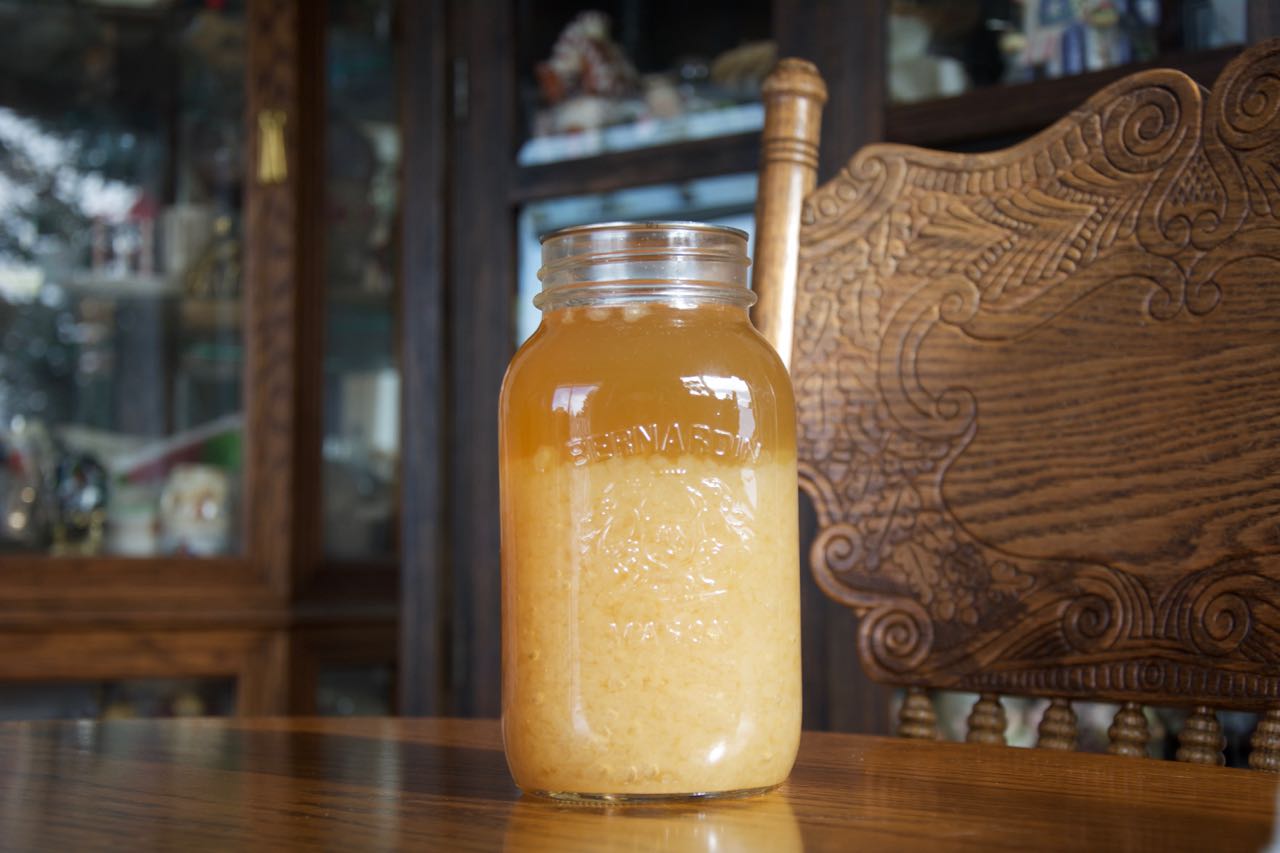|
Picnic Beetle
''Glischrochilus'' (sometimes misspelled as ''Glisrochilus'') is a genus of sap-feeding and predatory beetles under the family Nitidulidae, subfamily Cryptarchinae. Most members of this genus are commonly known as picnic beetles or beer bugs. Description ''Glischrochilus'' are oblong shiny black beetles with attractive yellow, red, or orange markings on their elytra. Their elytra are short and expose the upper surface of their last abdominal segments, a good way to distinguish them from the superficially similar but generally larger '' Megalodacne'' beetles. They are so similar that some species of ''Glischrochilus'' were once classified along with ''Megalodacne'' under the now reclassified genus '' Ips''. Like other nitulidid beetles, adult ''Glischrochilus'' can be distinguished from other kinds of sap-feeding beetles by their characteristic 11-segmented antennae that end with a 3-segmented ball-like club. ''Glischrochilus'' are among the largest of the nitulidid beetles, but ... [...More Info...] [...Related Items...] OR: [Wikipedia] [Google] [Baidu] |
Glischrochilus Quadrisignatus
''Glischrochilus quadrisignatus'', known generally as four-spotted sap beetle, is a species of sap-feeding beetle in the family Nitidulidae. Other common names include the beer bug and picnic beetle. It is found in North America. Four-spotted sap beetles (and other sap beetles) feed on fruits and vegetables that are either damaged, overripe, or decomposing. At times they can also feed on intact fruits and vegetables after first being attracted to and feeding on the damaged or decomposing fruits and vegetables. They often leave deep holes in fruits and vegetables. These look similar to holes made by slugs Slug, or land slug, is a common name for any apparently shell-less terrestrial gastropod mollusc. The word ''slug'' is also often used as part of the common name of any gastropod mollusc that has no shell, a very reduced shell, or only a sma .... The University of Minnesota Extension program recommends sanitation as the best method for managing sap beetles in a garden ... [...More Info...] [...Related Items...] OR: [Wikipedia] [Google] [Baidu] |
Pupation
A pupa (; : pupae) is the life stage of some insects undergoing transformation between immature and mature stages. Insects that go through a pupal stage are holometabolous: they go through four distinct stages in their life cycle, the stages thereof being egg, larva, pupa, and imago. The processes of entering and completing the pupal stage are controlled by the insect's hormones, especially juvenile hormone, prothoracicotropic hormone, and ecdysone. The act of becoming a pupa is called pupation, and the act of emerging from the pupal case is called eclosion or emergence. The pupae of different groups of insects have different names such as ''chrysalis'' for the pupae of butterflies and ''tumbler'' for those of the mosquito family. Pupae may further be enclosed in other structures such as cocoons, nests, or shells. Position in life cycle The pupal stage follows the larval stage, or in some cases a prepupal stage, and precedes adulthood ('' imago'') in insects with compl ... [...More Info...] [...Related Items...] OR: [Wikipedia] [Google] [Baidu] |
Predator
Predation is a biological interaction in which one organism, the predator, kills and eats another organism, its prey. It is one of a family of common List of feeding behaviours, feeding behaviours that includes parasitism and micropredation (which usually do not kill the Host (biology), host) and parasitoidism (which always does, eventually). It is distinct from Scavenger, scavenging on dead prey, though many predators also scavenge; it overlaps with Herbivore, herbivory, as Seed predation, seed predators and destructive frugivores are predators. Predation behavior varies significantly depending on the organism. Many predators, especially carnivores, have evolved distinct hunting strategy, hunting strategies. Pursuit predation involves the active search for and pursuit of prey, whilst ambush predation, ambush predators instead wait for prey to present an opportunity for capture, and often use stealth or aggressive mimicry. Other predators are opportunism, opportunistic or om ... [...More Info...] [...Related Items...] OR: [Wikipedia] [Google] [Baidu] |
Obligate
{{wiktionary, obligate As an adjective, obligate means "by necessity" (antonym '' facultative'') and is used mainly in biology in phrases such as: * Obligate aerobe, an organism that cannot survive without oxygen * Obligate anaerobe, an organism that cannot survive in the presence of oxygen * Obligate air-breather, a term used in fish physiology to describe those that respire entirely from the atmosphere * Obligate biped, Bipedalism designed to walk on two legs * Obligate carnivore, an organism dependent for survival on a diet of animal flesh. * Obligate chimerism, a kind of organism with two distinct sets of DNA, always * Obligate hibernation, a state of inactivity in which some organisms survive conditions of insufficiently available resources. * Obligate intracellular parasite, a parasitic microorganism that cannot reproduce without entering a suitable host cell * Obligate parasite, a parasite that cannot reproduce without exploiting a suitable host * Obligate photoperiod ... [...More Info...] [...Related Items...] OR: [Wikipedia] [Google] [Baidu] |
Facultative Carnivore
A carnivore , or meat-eater (Latin, ''caro'', genitive ''carnis'', meaning meat or "flesh" and ''vorare'' meaning "to devour"), is an animal or plant whose nutrition and energy requirements are met by eating, consumption of animal tissue (biology), tissues (mainly muscle, adipose tissue, fat and other soft tissues) as food, whether through predation or scavenger, scavenging. Nomenclature Mammal order The technical term for mammals in the order (biology), order Carnivora is ''carnivoran'', and they are so-named because most member species in the group have a carnivorous diet, but the similarity of the name of the order and the name of the diet causes confusion. Many but not all carnivorans are meat eaters; a few, such as the felidae, large and small cats (Felidae) are ''obligate'' carnivores (see below). Other classes of carnivore are highly variable. The Ursidae, ursids (bears), for example: while the Arctic polar bear eats meat almost exclusively (more than 90% of its diet i ... [...More Info...] [...Related Items...] OR: [Wikipedia] [Google] [Baidu] |
Common Name
In biology, a common name of a taxon or organism (also known as a vernacular name, English name, colloquial name, country name, popular name, or farmer's name) is a name that is based on the normal language of everyday life; and is often contrasted with the scientific name for the same organism, which is often based in Latin. A common name is sometimes frequently used, but that is not always the case. In chemistry, IUPAC defines a common name as one that, although it unambiguously defines a chemical, does not follow the current systematic naming convention, such as acetone, systematically 2-propanone, while a vernacular name describes one used in a lab, trade or industry that does not unambiguously describe a single chemical, such as copper sulfate, which may refer to either copper(I) sulfate or copper(II) sulfate. Sometimes common names are created by authorities on one particular subject, in an attempt to make it possible for members of the general public (including s ... [...More Info...] [...Related Items...] OR: [Wikipedia] [Google] [Baidu] |
Barbecue
Barbecue or barbeque (often shortened to BBQ worldwide; barbie or barby in Australia and New Zealand) is a term used with significant regional and national variations to describe various cooking methods that employ live fire and smoke to cook food. The term is also generally applied to the devices associated with those methods, the broader cuisines that these methods produce, and the meals or gatherings at which this style of food is cooked and served. The cooking methods associated with barbecuing vary significantly. The various regional variations of barbecue can be broadly categorized into those methods which use direct and those which use indirect heating. Indirect barbecues are associated with US cuisine, in which meat is heated by roasting or smoking over wood or charcoal. These methods of barbecue involve cooking using smoke at low temperatures with long cooking times, for several hours. Elsewhere, barbecuing more commonly refers to the more direct application of heat ... [...More Info...] [...Related Items...] OR: [Wikipedia] [Google] [Baidu] |
Picnic
A picnic is a meal taken outdoors (Al fresco dining, ''al fresco'') as part of an excursion, especially in scenic surroundings, such as a park, lakeside, or other place affording an interesting view, or else in conjunction with a public event such as preceding an open-air theater performance, and usually in summer or spring. It is different from other meals because it requires free time to leave home. Historically, in Europe, the idea of a meal that was jointly contributed to and enjoyed out-of-doors was essential to picnic from the early 19th century. Picnickers like to sit on the ground on a rug or blanket. Picnics can be informal with throwaway plates or formal with silver cutlery and crystal wine glasses. Tables and chairs may be used, but this is less common. Outdoor games or other forms of entertainment are common at large picnics. In public parks, a picnic area generally includes picnic tables and possibly built-in barbecue grills, water faucets (taps), garbage (rubbi ... [...More Info...] [...Related Items...] OR: [Wikipedia] [Google] [Baidu] |
Fermented Beverage
This is a list of fermented foods, which are foods produced or preserved by the action of microorganisms. In this context, Fermentation in food processing, fermentation typically refers to the fermentation of sugar to ethanol, alcohol using yeast, but other fermentation processes involve the use of bacteria such as lactobacillus, including the making of foods such as yogurt and sauerkraut. Many fermented foods are Mass production, mass-produced using industrial fermentation processes. The science of fermentation is known as zymology. Many pickling, pickled or souring, soured foods are fermented as part of the pickling or souring process, but many are simply processed with brine, vinegar, or another acid such as lemon juice. __TOC__ Fermented foods Fermented beans and seeds Fermented cheeses Most cheeses are fermented as part of their production. Fermented condiments Fermented creams and yogurts Fermented grains and grain-based foods Fermented fru ... [...More Info...] [...Related Items...] OR: [Wikipedia] [Google] [Baidu] |
Fruit Juice
Juice is a drink made from the extraction or pressing of the natural liquid contained in fruit and vegetables. It can also refer to liquids that are flavored with concentrate or other biological food sources, such as meat or seafood, such as clam juice. Juice is commonly consumed as a beverage or used as an ingredient or flavoring in foods or other beverages, such as smoothies. Juice emerged as a popular beverage choice after the development of pasteurization methods enabled its preservation without using fermentation (which is used in wine production). The largest fruit juice consumers are New Zealand (nearly a cup, or 8 ounces, each day) and Colombia (more than three quarters of a cup each day). Fruit juice consumption on average increases with a country's income level. Etymology The word "juice" comes from Old French in about 1300; it developed from the Old French words "''jus, juis, jouis''", which mean "liquid obtained by boiling herbs". The Old French ''jus'' "j ... [...More Info...] [...Related Items...] OR: [Wikipedia] [Google] [Baidu] |
Wine
Wine is an alcoholic drink made from Fermentation in winemaking, fermented fruit. Yeast in winemaking, Yeast consumes the sugar in the fruit and converts it to ethanol and carbon dioxide, releasing heat in the process. Wine is most often made from grapes, and the term "wine" generally refers to grape wine when used without any qualification. Even so, wine can be made fruit wine, from a variety of fruit crops, including plum, cherry, pomegranate, blueberry, Ribes, currant, and Sambucus, elderberry. Different varieties of grapes and Strain (biology), strains of yeasts are major factors in different styles of wine. These differences result from the complex interactions between the Biochemistry, biochemical development of the grape, the reactions involved in fermentation, the grape's growing environment (terroir), and the wine production process. Many countries enact legal appellations intended to define styles and qualities of wine. These typically restrict the geographical origin ... [...More Info...] [...Related Items...] OR: [Wikipedia] [Google] [Baidu] |
Vinegar
Vinegar () is an aqueous solution of diluted acetic acid and trace compounds that may include flavorings. Vinegar typically contains from 5% to 18% acetic acid by volume. Usually, the acetic acid is produced by a double fermentation, converting simple sugars to ethanol using yeast and ethanol to acetic acid using acetic acid bacteria. Many types of vinegar are made, depending on source materials. The product is now mainly used in the culinary arts as a flavorful, acidic cooking ingredient or in pickling. Various types are used as condiments or garnishes, including balsamic vinegar and malt vinegar. As the most easily manufactured mild acid, it has a wide variety of industrial and domestic uses, including functioning as a household cleaner. Etymology The word "vinegar" arrived in Middle English from Old French (''vyn egre''; sour wine), which in turn derives from Latin: (wine) + (neuter gender of , sour). Vinegar was formerly also called . The word "acetic" derives from ... [...More Info...] [...Related Items...] OR: [Wikipedia] [Google] [Baidu] |









